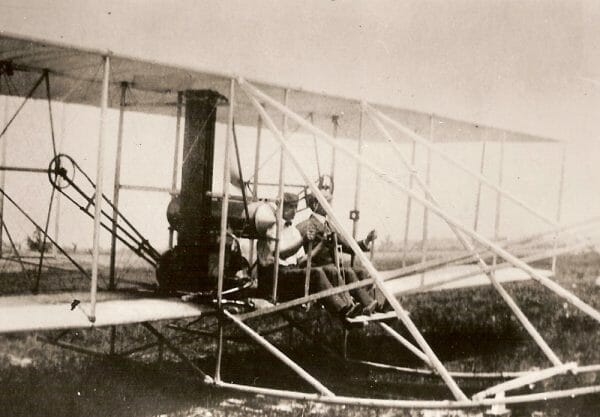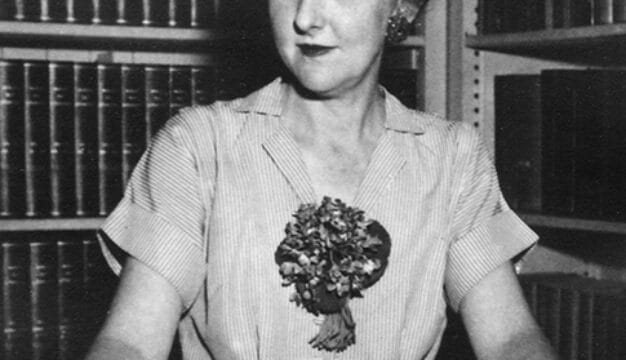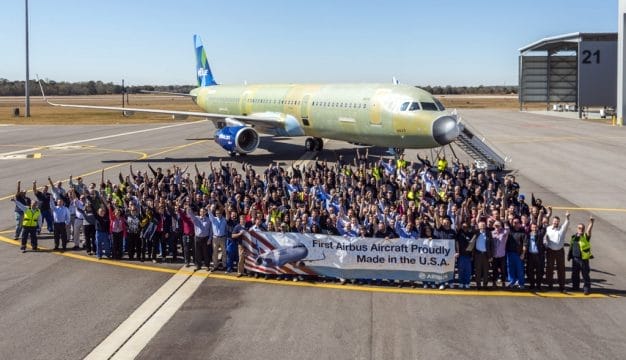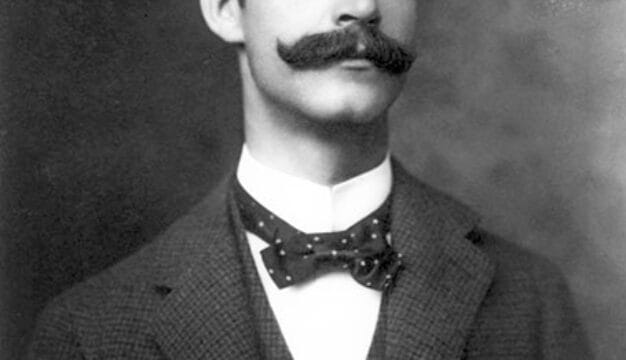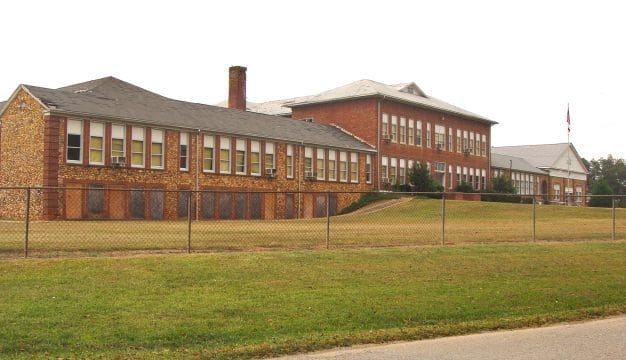Wright Brothers Flying School
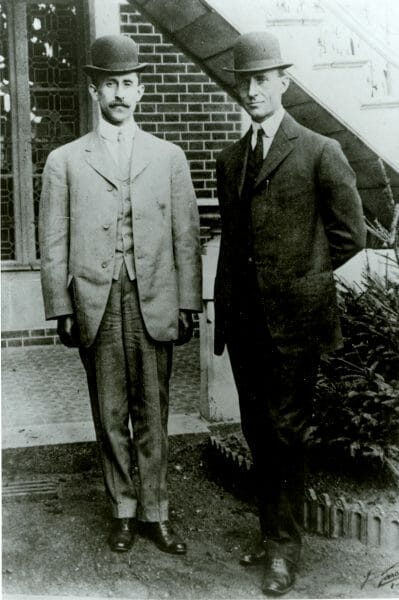 The Wright Brothers
In the spring of 1910, aviation pioneers Wilbur and Orville Wright opened the nation’s first civilian flying school on an old cotton plantation on the outskirts of Montgomery, Montgomery County. The flying school was short-lived, however, as mechanical and weather-related problems forced the brothers to close the facility earlier than planned. The location was later used for aircraft repair during World War I and on November 8, 1922, the installation became Maxwell Field, which would evolve into what is now Maxwell Air Force Base.
The Wright Brothers
In the spring of 1910, aviation pioneers Wilbur and Orville Wright opened the nation’s first civilian flying school on an old cotton plantation on the outskirts of Montgomery, Montgomery County. The flying school was short-lived, however, as mechanical and weather-related problems forced the brothers to close the facility earlier than planned. The location was later used for aircraft repair during World War I and on November 8, 1922, the installation became Maxwell Field, which would evolve into what is now Maxwell Air Force Base.
Just seven years after the Wright’s successful flight at Kitty Hawk, North Carolina, the monopoly they held on the flying market was being seriously challenged by other inventors of flying machines. In hopes of retaining a share of the newly emerging aviation market, the brothers formed a touring company to conduct flying exhibitions to promote the sale of their airplanes. The Wrights needed to train pilots who would fly in exhibitions and teach buyers how to fly. The weather in Dayton, Ohio, was unfavorable for flying in the winter, and Wilbur left home on February 11 in search of a place suitable for early spring pilot training. He visited several southern cities and, after a disappointing stop in Jacksonville, Florida, a local resident suggested that he try Montgomery, which he described as having “mild climate and flat farmland.”
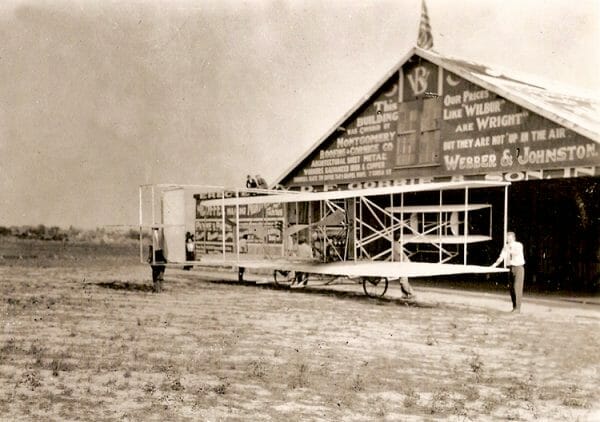 Wright Bi-plane, 1910
Wilbur arrived in Montgomery on February 15 and visited several sites in the city before selecting the Frank Kohn plantation the next day. Not only did the Kohn property have the flat, level land he desired, it also was far enough from the city to provide some degree of seclusion. In addition, Kohn offered him free use of the land for three months, and the Montgomery Commercial Club (which later became the Chamber of Commerce) agreed to clear the land, build a hangar, and provide transportation to and from the field. After checking with the local weather bureau, Wright found that Montgomery had half the rainfall during this period that other potential cities did and an average wind velocity that was highly conducive to flight training. Together, these factors essentially settled the matter of locating the camp in Montgomery. As a result, Wilbur left for Dayton that evening, and he and his brother completed the arrangements for opening the school and shipping a plane to Montgomery.
Wright Bi-plane, 1910
Wilbur arrived in Montgomery on February 15 and visited several sites in the city before selecting the Frank Kohn plantation the next day. Not only did the Kohn property have the flat, level land he desired, it also was far enough from the city to provide some degree of seclusion. In addition, Kohn offered him free use of the land for three months, and the Montgomery Commercial Club (which later became the Chamber of Commerce) agreed to clear the land, build a hangar, and provide transportation to and from the field. After checking with the local weather bureau, Wright found that Montgomery had half the rainfall during this period that other potential cities did and an average wind velocity that was highly conducive to flight training. Together, these factors essentially settled the matter of locating the camp in Montgomery. As a result, Wilbur left for Dayton that evening, and he and his brother completed the arrangements for opening the school and shipping a plane to Montgomery.
Packed in seven large crates, the Wrights’ bi-plane arrived in Montgomery by train on March 15. Charles Taylor, the Wright’s mechanic and long-time friend, came to the city four days later, along with students Walter Brookins and James Davis. Orville arrived on March 24, accompanied by a third student, Spencer Crane. Two other students, Archibald Hoxsey and Arthur Welsh, arrived several days later.
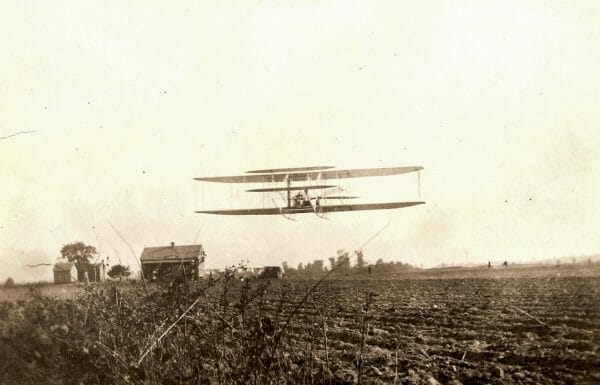 Orville Wright Flying Over Cotton Field
The day after his arrival, Orville added a rear horizontal wing to the plane’s rudder system, which greatly increased the aircraft’s stability at high altitudes. This was the first significant design change to their aircraft since the maiden flight at Kitty Hawk. Late on the evening of March 26, Orville made Montgomery’s first engine-powered flight. Satisfied with the new rudder system, training began as planned on March 28, but engine problems caused several emergency landings and cancellation of training that day. Orville later discovered that the motor had major internal problems, and training was put off for several days while parts travelled from Dayton. Though the engine was running again by April 1, strong winds prevented flying that morning. By late afternoon, however, the currents died down and flight training resumed.
Orville Wright Flying Over Cotton Field
The day after his arrival, Orville added a rear horizontal wing to the plane’s rudder system, which greatly increased the aircraft’s stability at high altitudes. This was the first significant design change to their aircraft since the maiden flight at Kitty Hawk. Late on the evening of March 26, Orville made Montgomery’s first engine-powered flight. Satisfied with the new rudder system, training began as planned on March 28, but engine problems caused several emergency landings and cancellation of training that day. Orville later discovered that the motor had major internal problems, and training was put off for several days while parts travelled from Dayton. Though the engine was running again by April 1, strong winds prevented flying that morning. By late afternoon, however, the currents died down and flight training resumed.
Engine problems curtailed flying activities the next day as well. A frustrated Orville later decided to ship the motor back to Ohio for a complete overhaul. When the repaired engine arrived back in Montgomery two weeks later, Orville and his companions quickly installed the motor and made several test flights. With the engine working well, flight training resumed on April 23. According to Orville, training involved not only instruction in the manipulation of the engine but also in how to judge the wind currents. Students were also taught to balance and turn the aircraft by operating the wing-warping levers (which caused the airplane to bank or turn) and to control the airplane’s ascent and descent by moving the control levers.
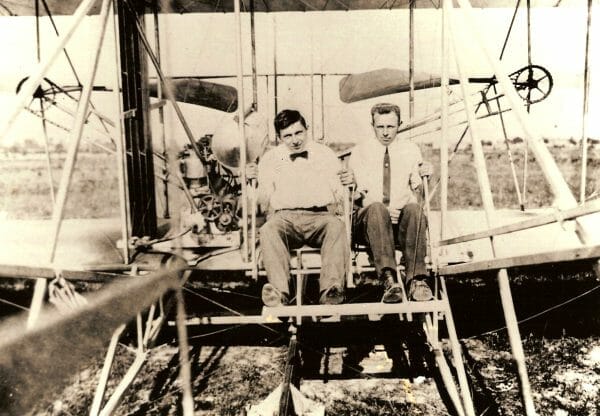 Wright Flying School Students
For the next several days, training continued almost unabated. On some days, however, flights were suspended because of high winds and the aircraft was again occasionally grounded because of needed repairs. The students continued to make progress, and Brookins moved closer to completing the course. On May 5, Orville received a telegram from his brother telling him to close the camp and return to Ohio. Apparently, Wilbur believed it was time to start preparing for the exhibition tours scheduled to begin in early June. Orville placed Brookins in charge of the school during his absence and made sure that his prize student soloed before he left. The next day, Brookins flew alone for about 12 minutes and became the first and only graduate of the Wright brothers Montgomery flight training school.
Wright Flying School Students
For the next several days, training continued almost unabated. On some days, however, flights were suspended because of high winds and the aircraft was again occasionally grounded because of needed repairs. The students continued to make progress, and Brookins moved closer to completing the course. On May 5, Orville received a telegram from his brother telling him to close the camp and return to Ohio. Apparently, Wilbur believed it was time to start preparing for the exhibition tours scheduled to begin in early June. Orville placed Brookins in charge of the school during his absence and made sure that his prize student soloed before he left. The next day, Brookins flew alone for about 12 minutes and became the first and only graduate of the Wright brothers Montgomery flight training school.
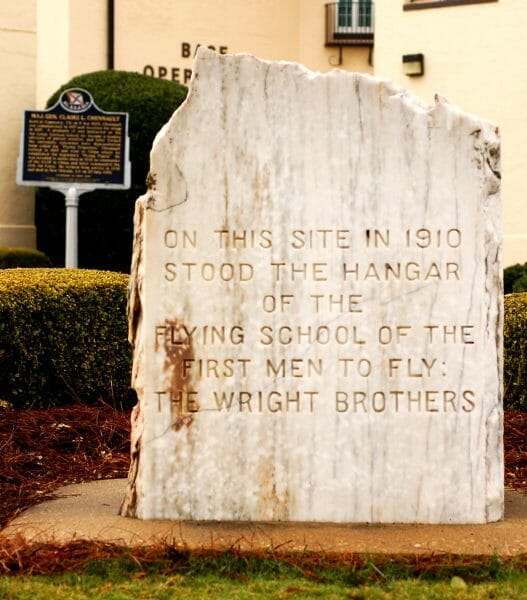 Wright Brothers Monument
Orville left for Dayton on May 5, accompanied by Welsh and Davis. Brookins remained at the camp and continued training Hoxsey and Crane. But after several short flights, an accident grounded the aircraft for several days. High winds also disrupted flying activities. In one instance, stiff breezes caused Brookins to curtail flying activities until late on the night of May 25. The first flight occurred at about 10:30 p.m., and others followed at regular intervals well into the morning, the first recorded night flights in history.
Wright Brothers Monument
Orville left for Dayton on May 5, accompanied by Welsh and Davis. Brookins remained at the camp and continued training Hoxsey and Crane. But after several short flights, an accident grounded the aircraft for several days. High winds also disrupted flying activities. In one instance, stiff breezes caused Brookins to curtail flying activities until late on the night of May 25. The first flight occurred at about 10:30 p.m., and others followed at regular intervals well into the morning, the first recorded night flights in history.
Flight training continued the next day until a propeller chain broke and the plane was again grounded. With the school scheduled to close the following week, the Wrights decided not to fix the aircraft. Instead, they told the students to pack up the plane and ship it to Indianapolis, Indiana, for the first exhibition flights. With the exception of an occasional barnstormer, flying activities essentially disappeared in Alabama until World War I brought aviation back to the site that then became Maxwell Field.
Video
Further Reading
- Ennels, Jerome A. A Strange New Bird: The Genesis of Powered Flight in Montgomery, Alabama. Montgomery, Ala.: Maxwell Air Force Base, Office of History, HQ Air University, 1998.
- ———. “The ‘Wright Stuff’: Pilot Training at America’s First Civilian Flying School.” Air Power History (Winter 2002): Vol 49, Number 4, pp. 22-31.
- Ennels, Jerome A., and Wesley P. Newton. The Wisdom of Eagles: A History of Maxwell Air Force Base. Montgomery, Ala.: Black Belt Press, 1997.
